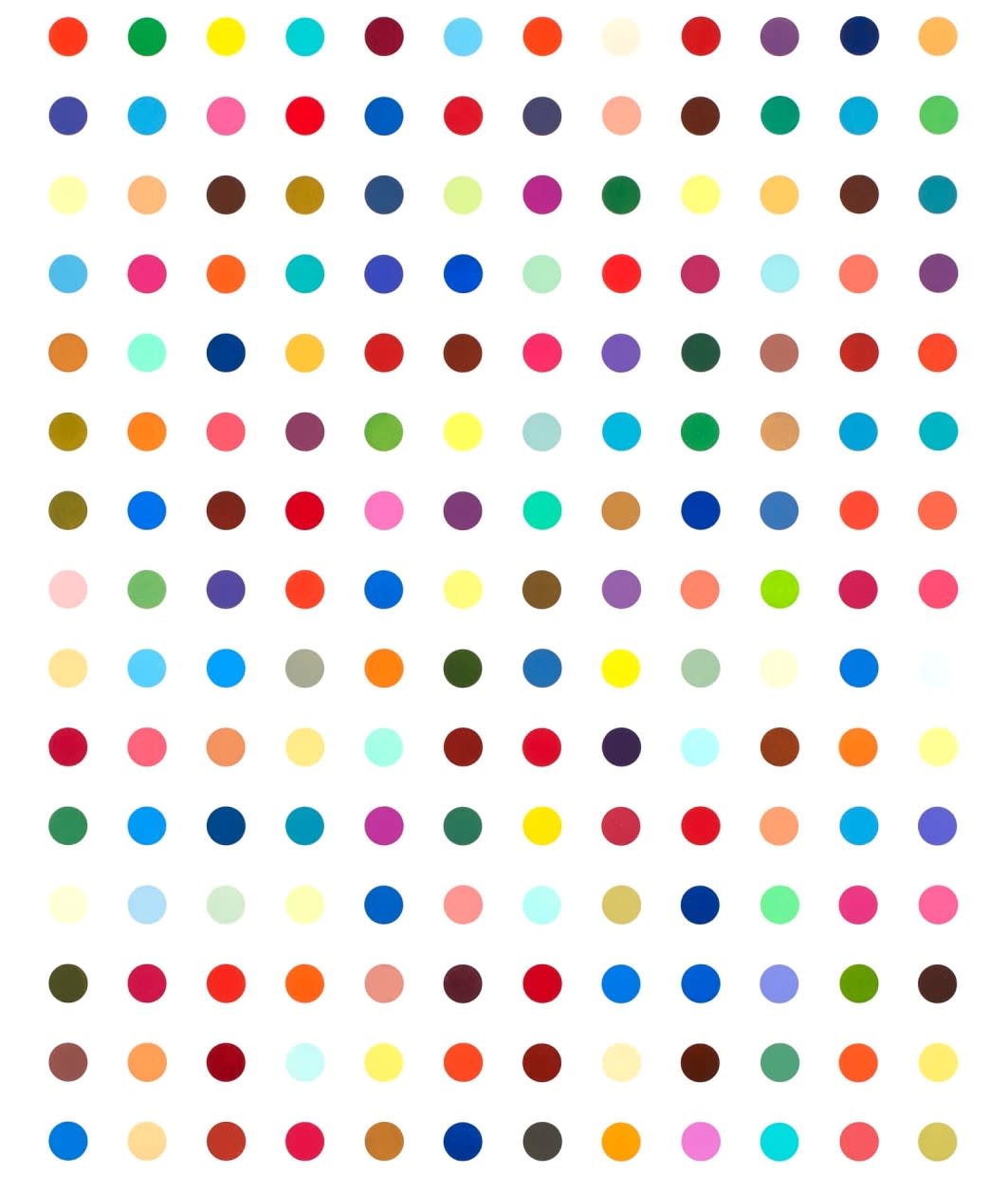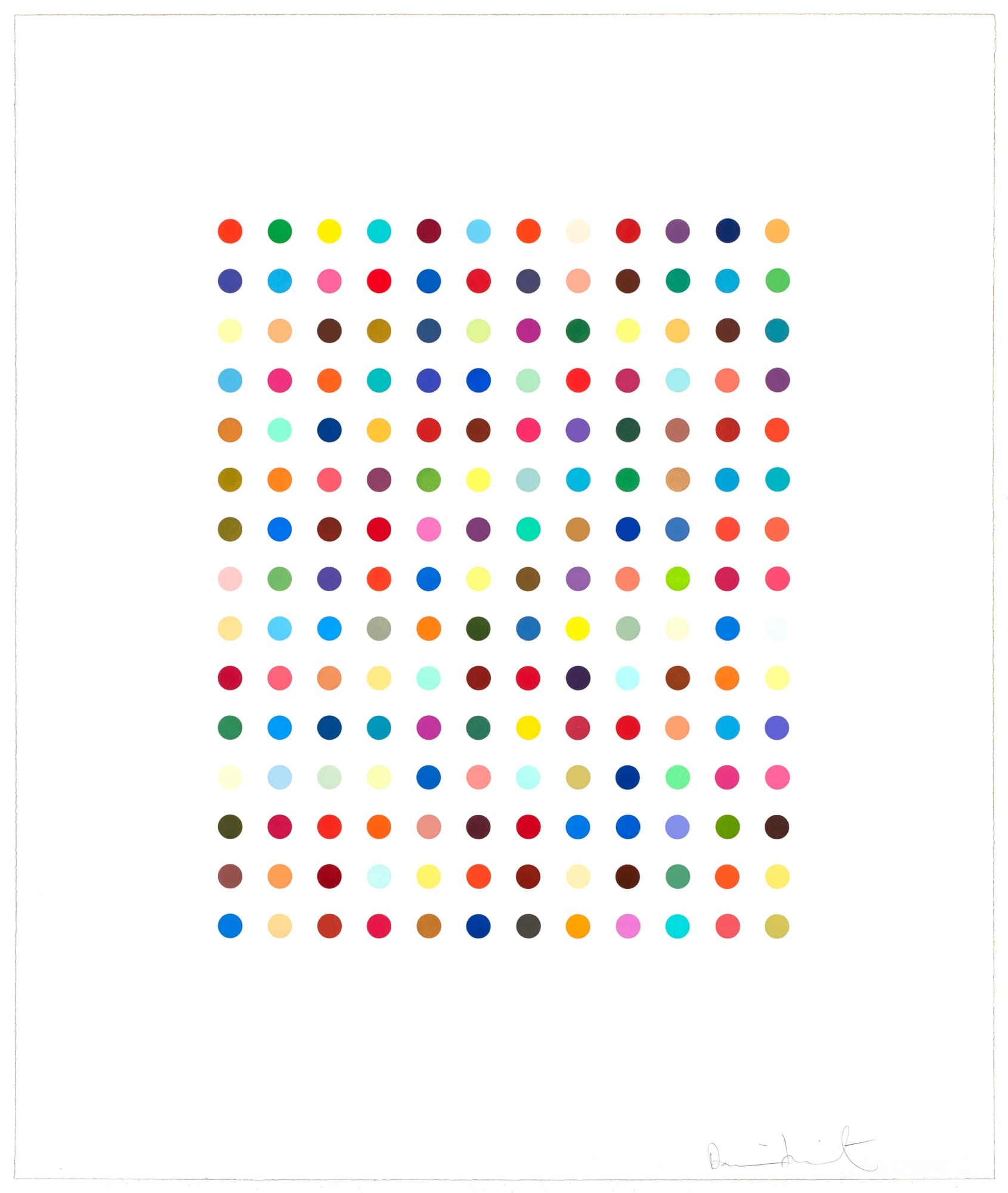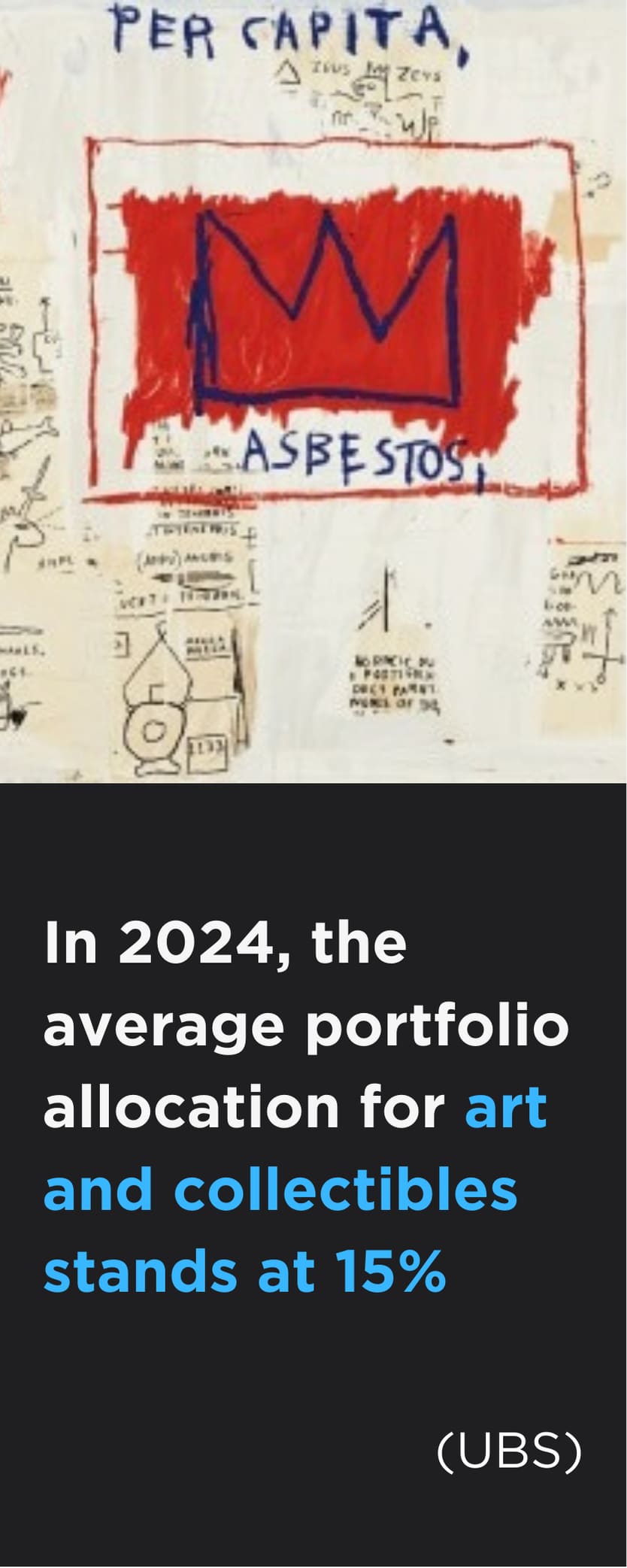The infamous art superstar of the 1990s, Damien Hirst continues to polarise popular opinion with his surreal, often morbid work. He insists his intention is to spark awe in his audience rather than to shock and appal. Here are 10 facts about Damien Hirst that will give you an insight into one of the greatest provocateurs in recent art history.
One of the greatest provocateurs in recent art history, Damien Hirst was the infamous art superstar of the 1990s, polarising popular opinion with his surreal, often morbid work. Hirst insists his intention is to spark awe in his audience rather than to gratuitously shock and appal. Here's some fascinating Damien Hirst facts that you might not be aware of.
1. Always interested in art and nimble with his fingers, Hirst dabbled in petty crime after his mother's marriage to his stepfather broke down when he was 12. "I went into the art lesson once at school, and the police were there doing fingerprints on the windows, because I'd broken in the night before and nicked stuff - paper, pens, pencils, all that kind of stuff - and I remember thinking: 'Fuck, I didn't wear gloves.'"
2. Which came first? Hirst's obsession with death or his stint working at a mortuary, where the artist took a placement whilst studying at Goldsmith's, University of London?
Ethidium Bromide Aqueous Solution, 2005
3. Famed for his animal installations, Hirst's first macabre offering in 1990 was a putrid cow's head inside a glass case being eaten by flies and maggots. Charles Saatchi bought it. For a decade after that the duo were tight, with each helping the other boost their reputations. However, the pair fell out, with Hirst saying of Saatchi, 'he only recognises art with his wallet.'
4. In 1991 it was Saatchi who put up the £50,000 Hirst needed to create his legendary piece, The Physical Impossibility of Death in the Mind of Someone Living - a tiger shark suspended in formaldehyde. The shark itself cost Hirst £6,000. It is now owned by the hedge fund titan, Steven A.Cohen, who is said to have paid $8-12 million for it.
The Physical Impossibility of Death in the Mind of Someone Living, 1991
5. Although Hirst has said that, 'I deal with death in art, not in life,' the books displayed at his smaller Gloucestershire home, Charlford Place, all have one thing in common: the word death in their titles. Equally, the floors and showers of the house are lined with gravestones from the potato famine era, all imported from Ireland.
6. The artist also has a fascination with what keeps us alive - in particular, medication. In 1992 he created 'Pharmacy,' a room-sized installation full of medicines, arranged in order of how they helped the human body, with drugs for the head on the top shelf and so on. In conjunction with the installation showing at the Tate Modern in 1998, Hirst opened a restaurant called Pharmacy in Notting Hill, where the staff wore surgical gowns and there were aspirin tablet-styled bar stools. He was later made to change the name after the Royal Pharmaceutical Society of Britain took legal action, saying it went against section 78 of the Medicines Act 1968. Hirst briefly renamed the joint Army Chap (an anagram of Pharmacy), before settling on Pharmacy Restaurant instead. The new name was, it was decided, legally acceptable, but the RPS still disapproved.
New Religion - Judas Iscariot, 2005
7. In 1995, Damien Hirst became a household name in the art world when he won the Turner Prize, a prestigious award given annually to a British visual artist. Hirst won for his piece "Mother and Child Divided," which featured a bisected cow and calf preserved in formaldehyde. The artwork was part of Hirst's ongoing series that explored the theme of life and death. Hirst's use of dead animals in his art has been a controversial subject, but it also catapulted him to fame and established him as one of the leading figures of the Young British Artists movement of the 1990s. The Turner Prize win cemented his place in art history and helped to pave the way for his future success.
8. Always one to shock, Hirst had a particular party trick in his more debauched days. He would pull his foreskin through a hole in his pocket and then draw attention to it, pretending confusion as to what was going on and looking for a reaction. Which he always got. He says of the gag, '"People would go, 'You've got some chewing gum on your trousers.' They would touch it and go, 'What the fuck?'" He gave up on this joke when he got sober.
9. In 2008, Hirst, via Sotheby's, put up a large amount of his own work at auction rather than selling through a gallery, making not only headlines but equally a whopping great fortune. The two night sale raised an impressive $198 million, at the very moment that Lehman Brothers declared bankruptcy, signalling the great financial crash of that year.
10. Hirst's 2017 exhibition, 'Treasures from the Wreck of the Unbelievable', in Venice was based on the fictitious discovery of an ancient shipwreck off the coat of East Africa in 2008. Displaying around 190 works - with gold, silver, bronze and marble sculptures in the mix - Hirst was so dedicated to backing up the narrative of his tall tale that he submerged many of the works in the ocean, documenting their recovery on film. He later installed a 60ft bronze from it - Demon with Bowl - at the Palms Casino.




















